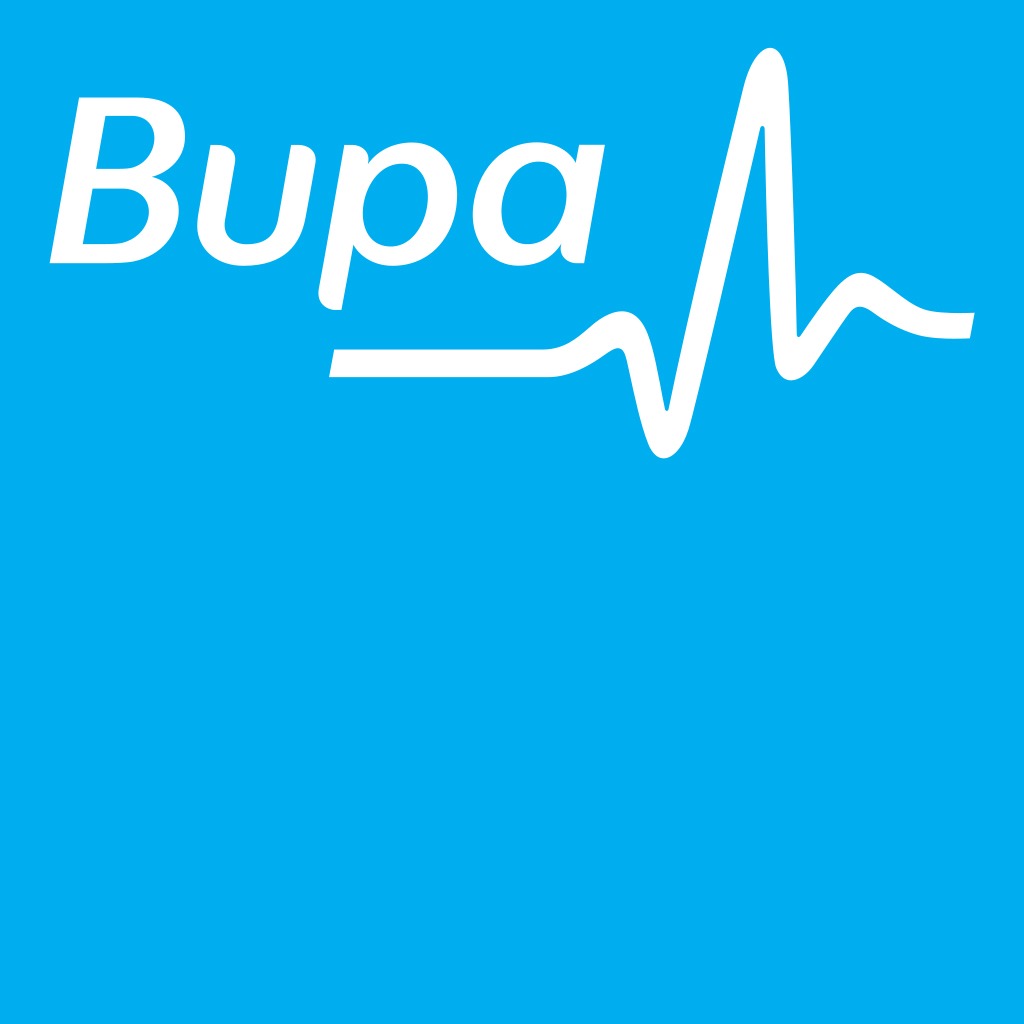spondylolisthesis
WHAT IS SPONDYLOLISTHESES?
Spondylolisthesis is what happens when a vertebra (a bone that makes up the spine) slips out of place; this is different to a slipped disc where one of the discs that sits between each vertebra tears.
HOW IS SPONDYLOLISTHESES DIAGNOSED?
Spondylolisthesis is often diagnosed with an X-ray investigation. Your physiotherapist can carry out a full subjective and objective assessment and if they suspect you have spondylolisthesis they may refer you to your doctor for scans to confirm diagnosis.
There are 4 grades of spondylolisthesis and they vary depending on how much the vertebra has slipped:
The most common area for spondylolisthesis is L5-S1 which is at the very bottom of your spine where your spine meets your sacrum (tailbone).

Grade II: up to 50% slip

up to 75% slip

>75% slip
WHAT CAUSES SPONDYLOLISTHESES?
Spondylolisthesis can present in children due to a birth defect for example if you have thin bones that are more susceptible to injury in that part of the spine.
Spondylolisthesis is usually caused by wear and tear of the spine in adults, though it can also occur due to a sudden trauma or direct injury.
Less common causes include:
WHAT ARE THE SYMPTOMS OF SPONDYLOLISTHESES?
If you have spondylolisthesis you will typically feel more pain when you do things that straighten your spine or lean backwards (extend the spine), particularly if you repeat this activity a lot or if it performed for a long period of time.
Bending the spine forwards may ease the pain.
Other symptoms include: pain, tingling or numbness in your legs (sciatica due to the vertebra pinching a nerve), stiffness, and tenderness in the region, tightness in your hamstrings muscles and a curve in the spine (kyphosis).
The higher the grade of spondylolisthesis the more you will feel your symptoms.
HOW IS SPONDYLOLISTHESES DIAGNOSED?
Spondylolisthesis is often diagnosed with an X-ray investigation. Your physiotherapist can carry out a full subjective and objective assessment and if they suspect you have spondylolisthesis they may refer you to your doctor for scans to confirm diagnosis.
BENEFIT OF PHYSIOTHERAPY FOR SPONDYLOLISTHESES?
Physiotherapy can be very beneficial for spondylolisthesis. The benefit you receive will be different depending on what your original symptoms are and what your goals are.
Benefits of physiotherapy include:
WHAT TREATMENT CAN FARRELL PHYSIOTHERAPY OFFER FOR SPONDYLOLISTHESES?
After your initial assessment you will be given a treatment programme based on what was found on assessment. Each treatment plan is individual and will incorporate your lifestyle and goals. There are several different physiotherapy treatment options available.
Treatment may include:
Prevention of re-injury
Don't Let Pain Win!
Our Expert Physiotherapists in Witham, Chelmsford & Leigh specialise in providing the latest treatments and techniques in order to get you pain free as soon as possible, cure the cause of your pain and help you to return to pre-injury levels of activity.
Furthermore, we'll also give you a bespoke exercise and rehabilitation program, and advise you on how to prevent re-injury and remain pain free.
Get in touch with us now on 01245 830280 or 07980 898212 or click below to book online!
Same day and emergency appointments available most of the time.
Insurance
At Farrell Physiotherapy we work with some of the uk's top insurance companies to ensure you're covered.
We can accept payment from AXA (PPP), Bupa, PruHealth, simplyhealth and Standard Life, if you have any questions about alternative payment methods, please get in touch with us using the contact form at the bottom of the page and we'll get back to you asap!





